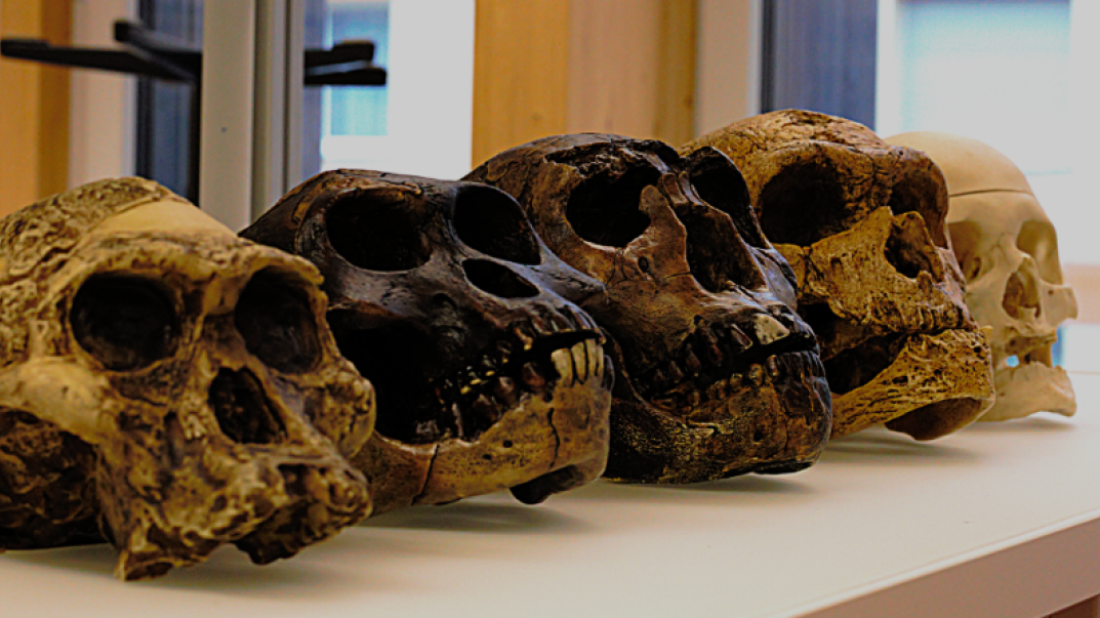Bangladesh says peacekeepers killed, injured in Sudan UN base attack
Six Bangladeshi peacekeepers were killed and eight others injured in an attack on a United Nations base in Abyei, the Bangladesh Army said, as securit...
DNA studies reveal humans nearly vanished 900,000 years ago, with populations dropping to just a few thousand. Ancient climate chaos pushed early humans to the brink, shaping the survival story hidden in our genes today.
Around 900,000 years ago, early humans faced a crisis that could have ended our story before it truly began. New DNA research suggests that our ancestors’ population plummeted to just a few thousand individuals, a dramatic bottleneck that left a lasting mark on our genetic makeup.
“Think of it as a narrow bridge we had to cross,” says Dr. Mark Thomas, evolutionary geneticist at University College London. “One misstep, and our species might not exist today.”
The genetic fingerprints of near-extinction
Scientists studying patterns in modern human DNA, combined with ancient genetic material, can detect these population squeezes. When a species’ numbers drop sharply, rare mutations can disappear, and genetic diversity dwindles. “It’s like looking at a shadow of the past in our DNA,” explains Dr. Pat Shipman, anthropologist at Penn State University.
This bottleneck likely involved early humans such as Homo heidelbergensis and Homo erectus, long before Homo sapiens emerged around 300,000 years ago. Estimates suggest the global population may have dropped below 5,000 individuals, a dangerously low number that could have led to extinction.

Climate chaos and survival
So, what nearly wiped out humanity? Researchers point to severe climate swings during the mid-Pleistocene, including repeated ice ages that transformed landscapes and habitats. Droughts, volcanic activity, and shifting resources made survival increasingly difficult.
“Humans have always been adaptable,” says Dr. Shipman. “But bottlenecks like this remind us how fragile life can be, even for the cleverest species.” Those who survived did so through resilience, cooperation, and adaptability, passing on genes that would later help our species thrive.
Why this matters today
Understanding this ancient population squeeze is more than academic curiosity. It helps explain why human genetic diversity is relatively low, and why some rare traits appear globally. It also provides a window into our evolutionary resilience. “Studying these events teaches us about survival under pressure,” Dr. Thomas notes. “It’s a story of near-extinction that became a story of triumph.”
For the first humans, survival was not guaranteed. Yet from the brink of disappearance, they rebounded, setting the stage for the global spread of Homo sapiens hundreds of thousands of years later. The DNA within us today carries whispers of that perilous journey, a reminder that even in the harshest conditions, life finds a way.
Japan has lifted a tsunami advisory issued after an earthquake with a magnitude of 6.9 hit the country's northeastern region on Friday (12 December), the Japan Meteorological Agency (JMA) said. The JMA had earlier put the earthquake's preliminary magnitude at 6.7.
The Oligarch’s Design is an investigative documentary exploring how financial power, political influence and carefully constructed narratives can shape conflict and public perception.
The United States issued new sanctions targeting Venezuela on Thursday, imposing curbs on three nephews of President Nicolas Maduro's wife, as well as six crude oil tankers and shipping companies linked to them, as Washington ramps up pressure on Caracas.
The resignation of Bulgaria's government on Thursday (11 December) puts an end to an increasingly unpopular coalition but is likely to usher in a period of prolonged political instability on the eve of the Black Sea nation's entry into the euro zone.
An extratropical cyclone has caused widespread disruption across Brazil’s São Paulo state, with powerful winds toppling trees and power lines, blocking streets and leaving large parts of the region without electricity.
Time Magazine has chosen the creators behind artificial intelligence as its 2025 Person of the Year, highlighting the technology’s sweeping impact on global business, politics and daily life.
Children are forming new patterns of trust and attachment with artificial intelligence (AI) companions, entering a world where digital partners shape their play, their confidence and the conversations they no longer share with adults.
The International Robot Exhibition (IREX) opened in Tokyo on 3 December, bringing together visitors to explore robotics applications for industry, healthcare, logistics, and everyday life.
A bipartisan group of U.S. senators, including prominent Republican China hawk Tom Cotton, introduced the SAFE CHIPS Act on Thursday, aiming to prevent the Trump administration from easing restrictions on China’s access to advanced artificial intelligence (AI) chips for a period of 2.5 years.
A former Apple engineer has unveiled a new Chinese chip designed to compete directly with Apple’s Vision Pro headset.
You can download the AnewZ application from Play Store and the App Store.

What is your opinion on this topic?
Leave the first comment